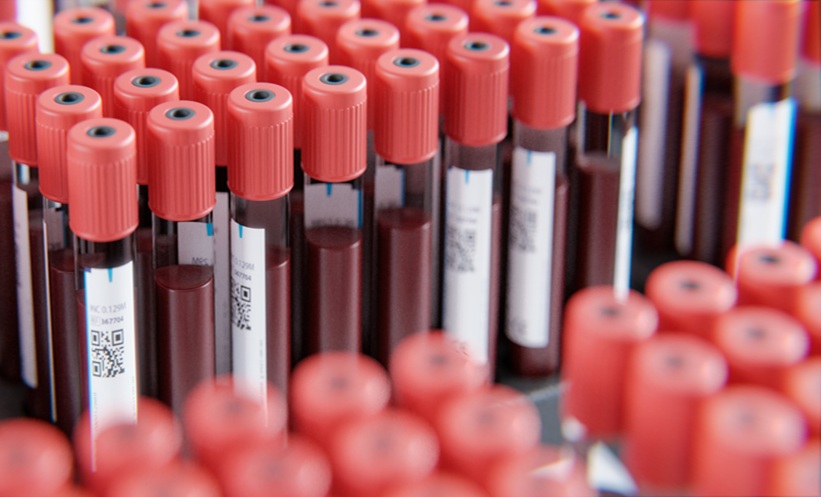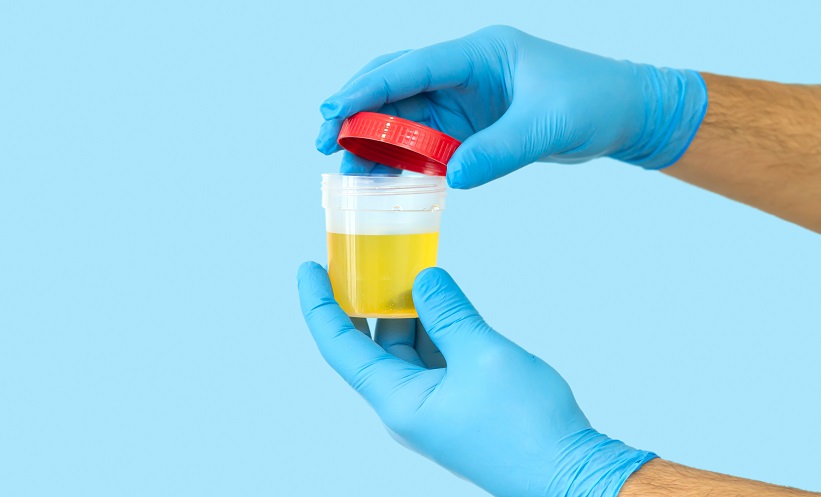Abstract
Metabolic causes such as hypercalciuria, urinary tract infection, and obstruction are the most common aetiologies of urolithiasis, and drugs, although important in this regard, are rarely the cause of urolithiasis. Administration of one of these drugs, ceftriaxone (CTX), has been associated with biliary pseudolithiasis in adult and paediatric patients, and rarely may cause urolithiasis. Several factors, including drug concentration and incubation time, are very important for determining the degree of CTX/calcium (Ca) crystallisation in the urine. According to this data, CTX crystallisation was a dose and time-dependent reaction. It is particularly important to monitor patients on high-dose long-term CTX treatment with the urinary Ca to creatinine ratios, ultrasound sonography, and renal function testing, as these individuals may be at greater risk of large stones and renal damage. This type of screening may help prevent permanent complications in the future. This underlying review will help to educate readers on the pathophysiology and interaction between CTX and urolithiasis.
Please view the full content in the pdf above.








